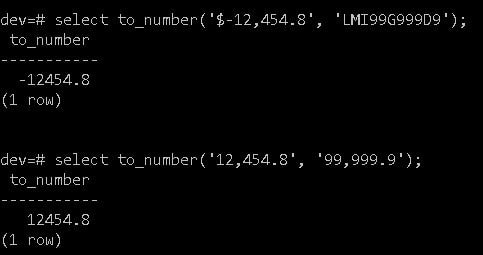
Amazon Redshift allows you to configure firewall rules to take control of network access to a specific Data Warehouse Cluster.

Amazon Redshift can replicate your snapshots to Amazon S3 asynchronously in a different region for disaster recovery. Data in Amazon Redshift is automatically backed up to Amazon S3. Key administrative tasks like backup and replication are automated. A new Data Warehouse can be deployed with just a few clicks in the AWS console. It is fairly simple to set up and operate. Easy Management: Amazon Redshift automates oft-repeated maintenance tasks so that you can focus on gathering actionable insights from your data.Scaling is just a simple API call, or a few clicks in the console away. By leveraging Redshift’s managed storage, capacity is added to support workloads of up to 8 PB of compressed data. Amazon Redshift Concurrency Scaling supports nearly unlimited concurrent queries and users. Enhanced Scalability: Amazon Redshift is known for providing consistently fast performance, even in the face of thousands of concurrent queries.It integrates seamlessly with several other AWS services like Aurora, S3, Quicksight, etc.

It is more suited for day-to-day business operations, like BI analysis and so on. However, its performance takes a hit when it encounters semi-structured data formats like JSON. It claims to provide 10x better performance than any other data warehouse, scaling to petabytes of data. To provide faster results, Redshift organizes data in columns instead of rows, which allows it to use its massive parallel processing (MPP) technology to speed up query execution. It can contain several duplicates to aid parallel computation and provide faster results. Therefore, it is optimized for complex and lengthy queries. A data warehouse, unlike a database, is used for OLAP (Online Analytical Processing) use cases, instead of OLTP (Online Transactions Processing). Redshift is a fully managed data warehousing solution provided by AWS. Introduction to Amazon Redshift Image Source Redshift Timestamp to Date: datepart = hour.It also gives a brief overview of Redshift before diving into Redshift Timestamp to Date conversion. This blog talks about how you can convert Redshift Timestamp to Date using 5 easy-to-understand examples. Redshift Timestamp to Date: datepart = hour.Redshift Timestamp to Date: datepart = year.Redshift Timestamp to Date: datepart = month.Redshift Timestamp to Date: datepart = week.Redshift Timestamp to Date: datepart = day.Redshift Timestamp to Date Conversion Examples.Simplify Redshift ETL with Hevo’s No-code Data Pipelines.


 0 kommentar(er)
0 kommentar(er)
